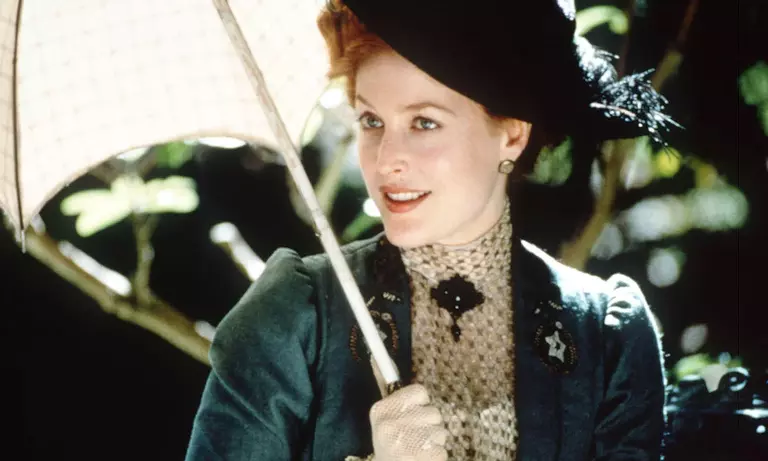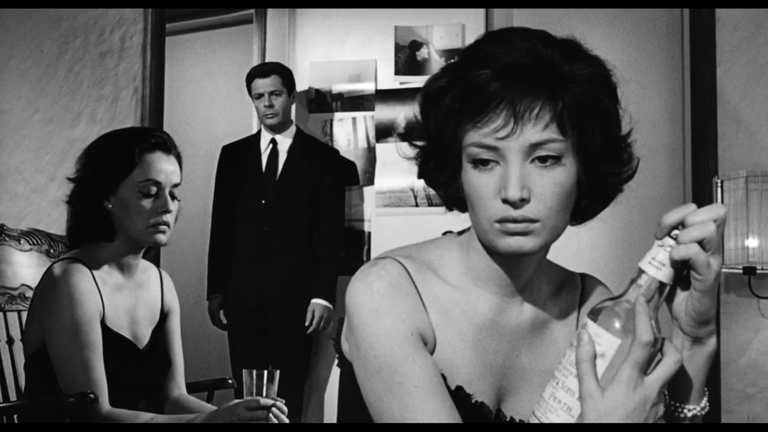
Dir. Pascal Laugier, France/ Canada, 2008, 99 mins, in French with subtitles
Cast: Morjana Alaoui, Mylène Jampanoï, Jessie Pham, Erika Scott, Catherine Bégin
Review by Colin Dibben
In the 1970s, young Lucie (Pham) manages to escape from a slaughterhouse in which she has been subjected to unspeakable torture. Placed in an orphanage, she forms a strong bond with Anna (Scott).
Fifteen years later, Lucie (Jampanoï) breaks into the home of the Belford family, believing that the parents were involved in the horrific abuse she suffered in childhood. When she receives a phone call from Lucie, Anna (Alaoui) rushes to help her – but comes to regret ever having set foot in the house.
French horror films had a bit of a moment in the noughties, thanks to genre proximity to the auteur-led New French Extremity movement. Martyrs, like Xavier Gens’ Frontier(s), also felt edgy because it hinted at a cultural-political resistance to the rise of the right-wing Front national: both films tell dark tales of young north African and Asian women rising above the hell inflicted on them by white French elites and neo-nazis.
Martyrs adds an extreme philosophical note in its second half – no plot spoilers here – and changes its film style to fit that addition. I think this is really what makes the film special.
The first half inhabits the world view of unhinged, psychotically violent, self-harming Lucie: it is all fast editing of acts of violence, often in close up. The effect is grating after a bit, especially on second viewing. And Lucie’s very material psychic stalker is a rather dated conceit, implemented in a fashion that is all too recognisable since Ju-on.
The second half of the film focuses on Anna’s ordeal and the filming is very different. We get disturbing close ups of her passive, suffering face – necessary for the villains’ rationale to make sense – but acts of brutality are shown from a distance, in a calm, clinical fashion. The calmer, more detached and reflective mode persists as the brutality inflicted on Anna escalates.
This style reflects the villains’ attitudes and procedures but also displaces the viewer from the usual vicarious ‘pleasures’ of horror film. I am not quite sure what replaces these pleasures here but it is arguably something to do with complicity in and ‘bearing witness’ to extreme acts of brutality, rather than any sort of pleasure derived from fictional events or schadenfreude.
When you get down to it, what is remarkable about Martyrs is this change in tone halfway through. The way this change of style underlines and makes important the concept of ‘the martyr’ is pretty unique and pretty classy for a horror film.
However, there will be those who still think this in no more than Gallic ‘torture porn’.



